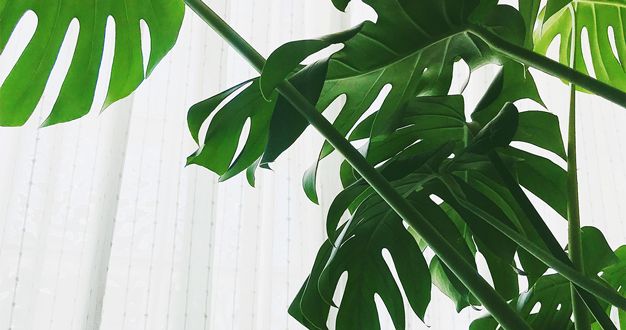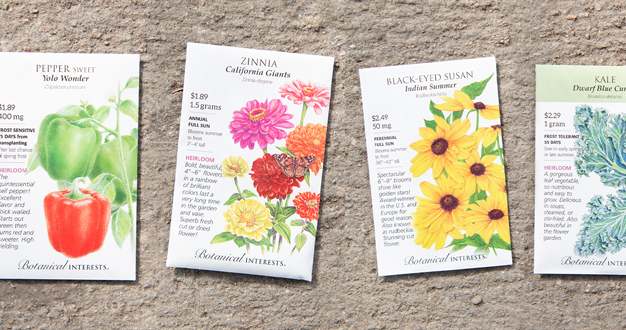
There’s one thing every experienced gardener can agree on: a healthy garden begins with healthy soil. Here, we explore what that means as we share a few steps you can take right now to build a rich, healthy soil for a more thriving garden this year.
Soil is Alive
Did you know that a healthy soil is alive? In addition to particles like sand, silt, and clay, healthy soil is also home to a bustling ecosystem with countless beneficial bacteria, fungi, and protozoa. Each plays an important role in digesting complex organic matter, breaking it down into nutrients that plants can absorb. This microscopic community also produces substances that bind soil particles together to create loose aggregates, which both retain moisture and create open spaces for drainage and air exchange around the roots. Together with their larger partners – insects, earthworms, and nematodes – this complex living soil community provides the nutrients and soil structure that plants need to grow, flower, and produce the fruits and vegetables we enjoy.
Unfortunately, common practices – such as applying synthetic chemicals or clearing soil for construction projects – can seriously disrupt the living soil community. But rebuilding that soil ecosystem is possible. Here we share our best tips to help you get started.
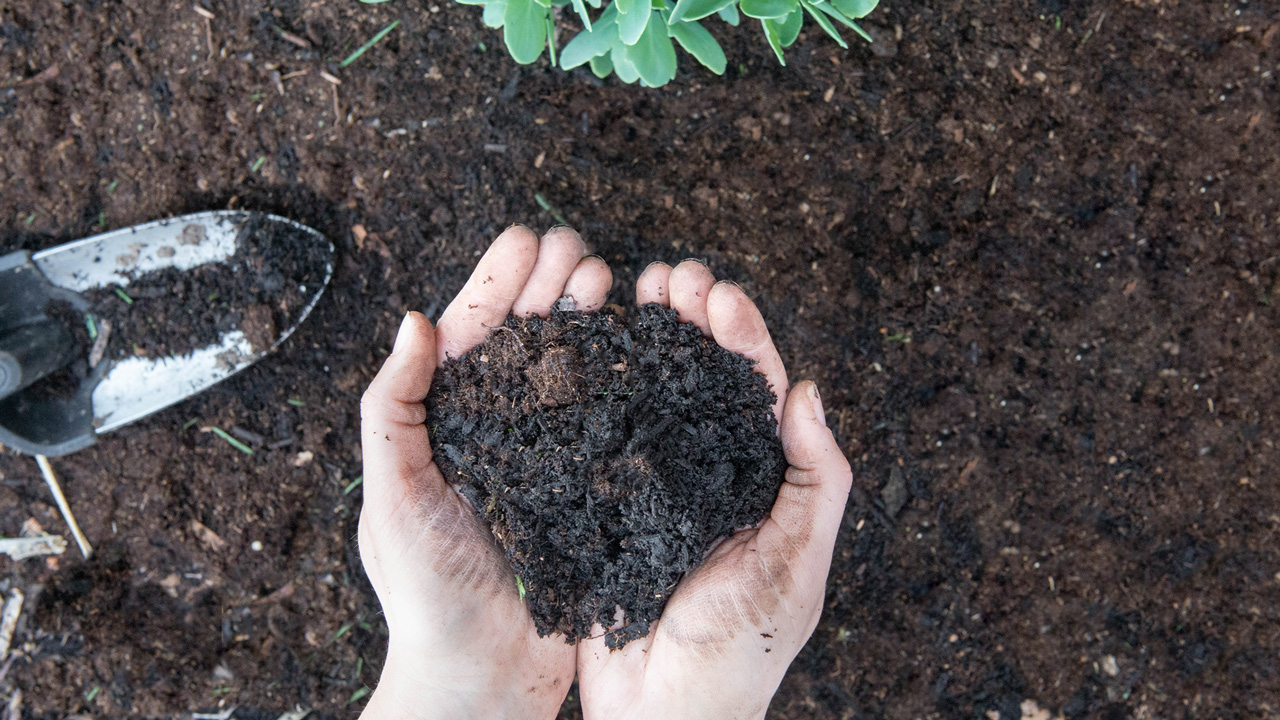
Consider a Soil Test
A good place to start is with a soil test. This will help make sure the pH level and nutrient composition of your soil can support a healthy garden. You can find an at-home test with the garden supplies in our Greenhouse, or you can take your sample to Midwest Laboratories here in Omaha for analysis. Using the results of your test, our Plant Care team can help you determine what – if any – amendments will be most beneficial to your garden soil. And because some amendments need time to incorporate into the soil, it’s best to do your testing early if you can.
Feed with Compost
Like all living things, a healthy soil community needs good food, and feeding your soil is as easy as opening a bag of compost. Compost is made of decomposed organic material so it both introduces more of those beneficial microorganisms into the soil and feeds them at the same time. Compost also improves soil structure and drainage, attracts beneficial insects and earthworms, and balances soil pH too.
You can begin the process of incorporating compost into your soil now – even before the growing season arrives. Once the snow clears, spread a one- or two-inch layer of compost over your garden bed. But leave the tiller in the shed – the natural process of freezing and thawing during late winter will start working the compost into the soil without damaging the soil structure.
Another beneficial soil amendment is Soil Pep – a fine-bark top-dressing that can be either mixed into the soil or used as a mulch to add organic material and improve aeration.
Step Lightly
While you’re out in the garden this winter, take care to avoid unnecessary walking on the soil. When soil is soggy from melted snow and other precipitation, it easily compacts – causing the soil particles to pack tightly together. This compaction destroys the soil’s structure, slows drainage, and makes it challenging for roots to grow and soil organisms to do their beneficial work. Digging and tilling can cause compaction too. If you’re unsure whether your soil is too wet to work with, use a trowel to dig a small sample of soil. Squeeze the sample in your hand – if it makes a tight mud ball, the soil is wet and you should be careful not to compact the soil.
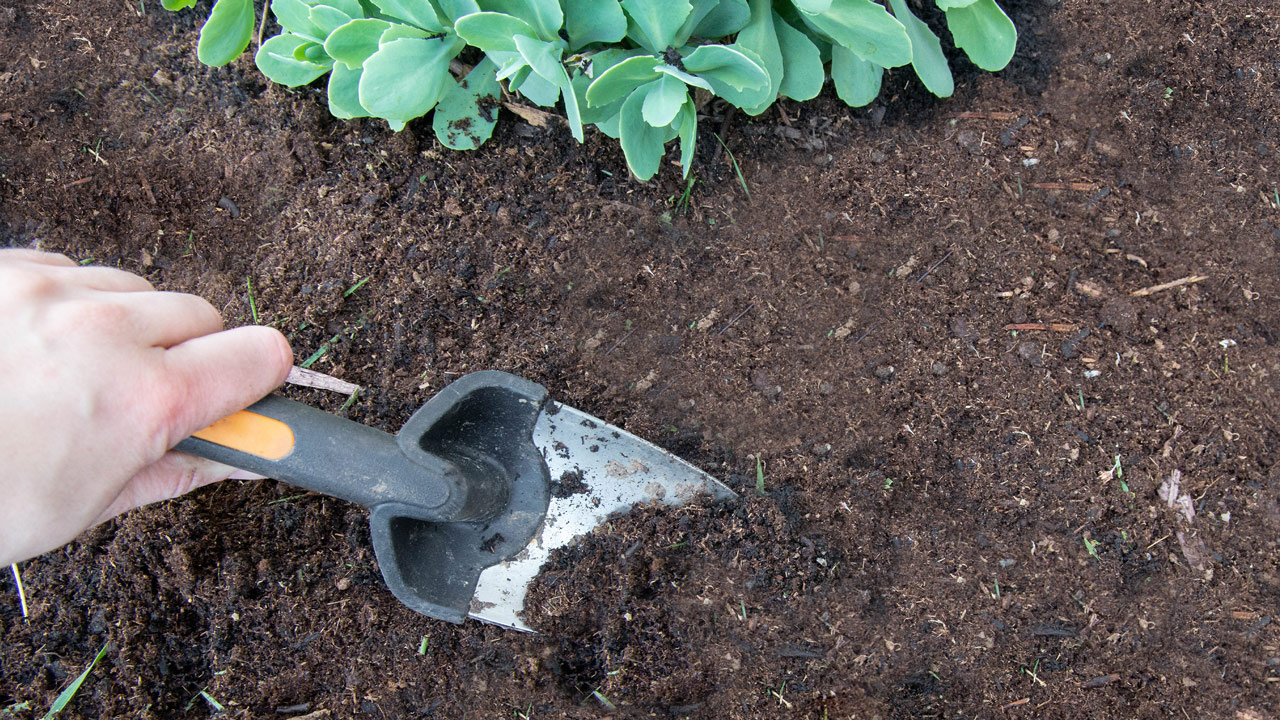
Avoid the Tiller
Even when the soil is dry enough to work, it’s a good idea to avoid using a motorized tiller when you can. Tillers are useful when you’re starting a new bed, but repeated tilling breaks up the soil’s healthy structure and leaves it vulnerable to erosion, compaction, moisture loss, and nutrient depletion. Instead of tilling, keep building healthy soil structure with yearly applications of compost to loosen compacted soil and support good drainage. If it seems necessary to work the soil, try turning it with a shovel or rake instead.
Use Natural Fertilizers
In addition to compost, your garden plants may require additional fertilizer to do their best – and to support the living soil, natural fertilizers are the best choice. Natural fertilizers are made form organic matter and feed the beneficial soil microorganisms as well as the plants. In contrast, repeated use of synthetic fertilizers can actually harm the living soil community, leading to a “sterile” soil that becomes increasingly dependent upon synthetic fertilizers.
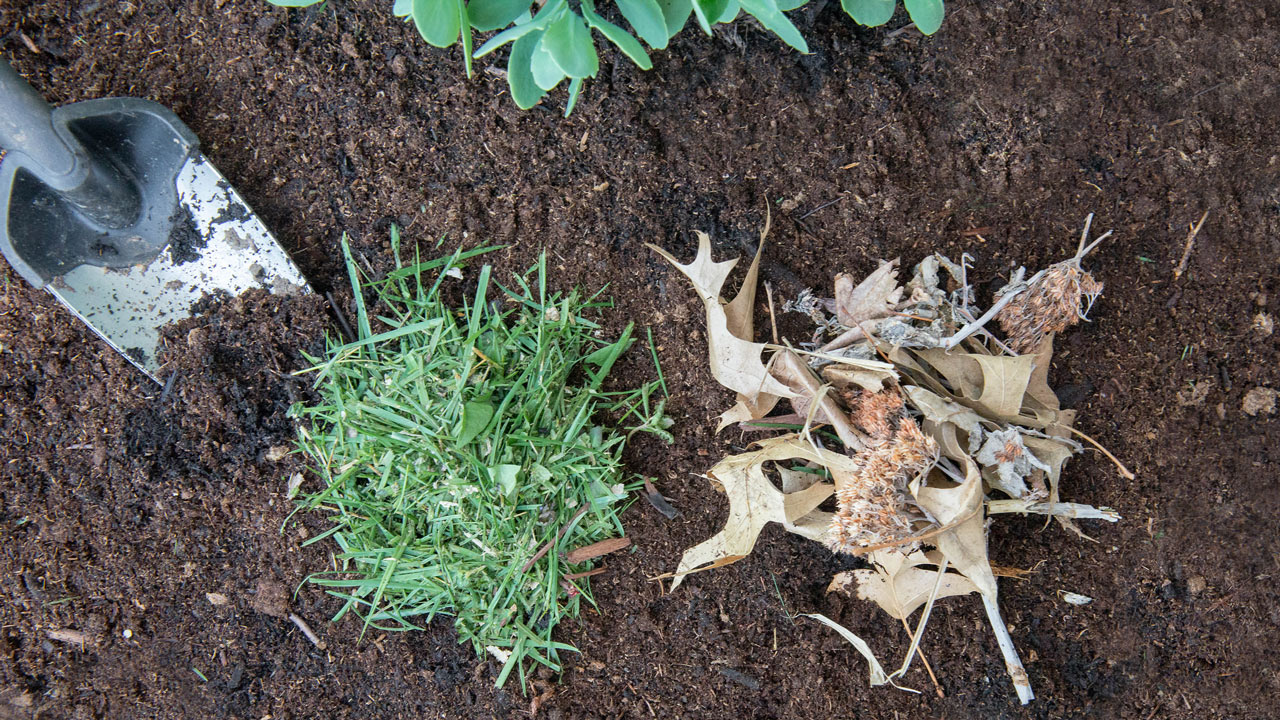
Minimize Cleanup
Another way to support healthy soil is to let nature take its course and allow some of the fallen leaf and stem debris to remain in your garden and landscape. Even dead plant material is still rich in nutrients, and as this material decomposes, those nutrients return to the soil where the soil organisms are waiting to break them down. It’s like free compost! Removing all plant debris at the end of the season disrupts this natural cycle. Instead, consider leaving some to feed the soil – within your threshold for neatness, of course. One exception to this approach is diseased material, which should always be removed.
Healthy Soil Makes Healthy Gardens
A thriving, productive garden starts with building a healthy soil community – and the good news is, you can start that important process right now. Come talk with our team in the Greenhouse. Many of us grow summer gardens ourselves, and we’d love to share our experience and best tips for success with you.


